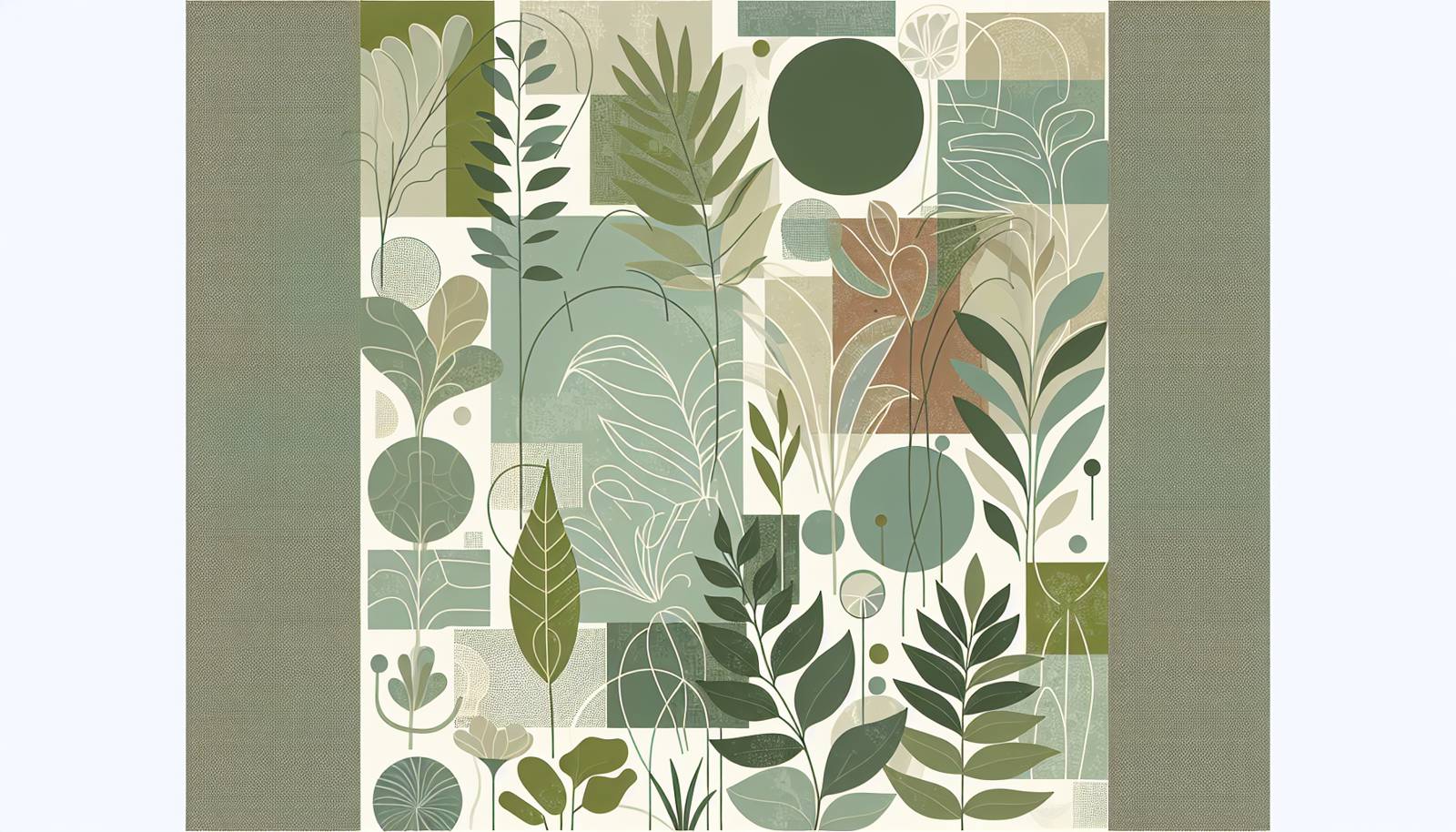
FAQ About Indoor Plant Color Combinations for Aesthetic Appeal

What are some basic color combination principles for indoor plants?
When combining colors of indoor plants, consider following basic color theory rules: complementarity, where colors opposite each other on the color wheel provide high contrast, such as red and green; and harmony, where analogous colors, situated next to each other, such as green and yellow-green, provide a soothing effect. Pay attention to the shades and tones in foliage to maintain visual balance.

How do I use indoor plants to create a calming atmosphere?
To create a calming atmosphere using indoor plants, choose plants with soft green hues and pair them with whites and lavenders. Plants like peace lilies, ferns, and lavender create a tranquil setting. Arranging plants in groups and ensuring moderate spacing between them enhances the soothing visual flow.

Can I mix flowering plants with foliage plants for better aesthetic appeal?
Yes, mixing flowering plants with foliage plants can significantly enhance aesthetic appeal. Choose blooms that complement or contrast the foliage to add vibrance. For instance, pair brightly colored flowering plants like orchids or bromeliads with darker green leaves of a rubber plant or a fiddle leaf fig for a striking display.

What are some popular indoor plants with striking color combinations?
Some popular indoor plants with striking color combinations include Calathea varieties featuring pink, green, and white, and Croton plants with red, yellow, and green foliage. These can be used as focal points in a room or mixed with more subtle plants to create a dramatic effect.

How do lighting conditions affect plant color combinations indoors?
Lighting conditions play a crucial role in the appearance of plant colors. Bright, indirect light enhances vibrant colors and promotes flowering. Low light levels can dull the colors, so choose plants like snake plants and pothos, which thrive in lower light conditions, to maintain color in rooms with limited light.

Are there indoor plants that change colors with seasons?
Yes, some indoor plants exhibit changes in color with seasons. The Christmas cactus, for example, can change its flowering colors with different growing conditions. Additionally, some ficus plants might change leaf shades depending on sunlight exposure and season.

How can variegated plants be used for aesthetic appeal indoors?
Variegated plants, with their multicolored leaves, can be strategically placed to serve as focal points or accent pieces. For instance, a variegated rubber plant with green and yellow leaves can brighten a corner and add texture contrast when mixed with solid dark green plants.

What role do pot colors play in indoor plant aesthetics?
The color of plant pots is vital in enhancing the overall aesthetic. Neutral-colored pots allow the plant's natural colors to stand out, while brightly colored pots can complement or contrast the plant's foliage. Consider the room's color scheme when selecting pots to ensure visual harmony.

Can I use indoor plant color combinations to accentuate home decor styles?
Indoor plant color combinations can effectively accentuate different home decor styles. For a modern look, pair monochromatic plants like varying shades of green succulents. In contrast, for a Bohemian style, mix vibrant, contrasting colors with eclectic pot designs for a lively atmosphere.

What are some tips for arranging multiple colored plants indoors?
When arranging multiple colored plants indoors, consider height and proportion, with taller plants at the back. Group plants with similar lighting and watering needs, and vary leaf textures to add depth. Use odd-numbered plants for balance and space them out to prevent clutter.

How can I make small indoor spaces look more spacious using plant colors?
To make small indoor spaces appear more spacious, use light-colored foliage like silver or light green tones to reflect light and give an airy feeling. Opt for plants like silver satin pothos or pale snake plants, and avoid overcrowding, which can make the space feel cramped.

What are some ideal color combinations for a minimalist indoor plant display?
For a minimalist indoor plant display, use monochrome or two-tone plants, like the ZZ plant or snake plant with their dark green and white highlights. Pair them with simple, neutral pots to maintain a clean and uncluttered look, focusing on form and space.

Can hanging plants add to indoor color aesthetics?
Hanging plants are excellent for adding layers of color and interest to a room. Use trailing plants like string of pearls with variegated leaves or flowering vines like jasmine that offer bursts of color to draw the eye upwards and create depth.

Are there any indoor plants with unique color patterns for artistic homes?
For an artistic home, consider indoor plants with unique color patterns such as the polka dot plant, which offers pink splotches on green leaves, or the mosaic plant, with its intricate leaf veining. These plants add an artistic flair and can be used to highlight creative spaces.

How can indoor plants be used to complement seasonal decorations?
Indoor plants can be strategically used to complement seasonal decorations by choosing plants with colors that match the seasonal palette. For instance, poinsettias and amaryllis blooms during the winter holidays add red and white elements to festive decor, enhancing the holiday spirit.

What are some recommended combinations of plant colors for office spaces?
In office spaces, opt for calming and focused color combinations such as greens and blues. Plants like the blue star fern or the ZZ plant can be paired with blue or teal planters. Incorporate low-maintenance plants that thrive under office lighting conditions to maintain a fresh, professional environment.

How do I choose plant color combinations to enhance natural light rooms?
In rooms with abundant natural light, opt for plants with vivid and saturated colors like vibrant greens and reds, as they will thrive and retain their color better. Orchids and aloe can flourish in these environments, providing lively contrasts against neutral walls.

Can indoor plant color schemes be used to direct attention or create focal points?
Yes, using contrasting or vibrant color schemes in indoor plants can draw attention to specific areas or create focal points. For example, a brightly colored bromeliad in the center of a dining table can act as a focal point, attracting the eye instantly.

What are some color combination ideas for an exotic indoor garden?
For an exotic indoor garden look, use bold, vibrant colors. Mix plants like red Anthuriums, bright green Bird of Paradise, and purple heart plants. Combine these with colorful, textured pots to evoke an adventurous and lush environment reminiscent of tropical locales.

How can I ensure my indoor plant combinations remain aesthetically pleasing year-round?
To maintain aesthetically pleasing indoor plant combinations throughout the year, select a mix of evergreen and seasonal plants. Regularly rotate and rearrange plants as seasons change, and take advantage of seasonal blooms to refresh and enhance color vibrancy continually.
